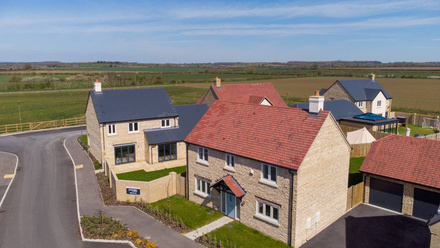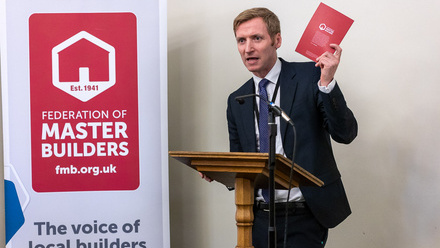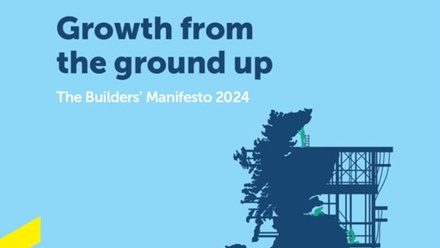What is the Building Safety Act?
Following the Grenfell Tower fire in 2016, which resulted in the loss of 72 lives, a Government report was commissioned to investigate building regulations and fire safety, led by Dame Judith Hackitt. The results of the Hackitt Report set out recommendations for Government to take action to protect lives and homes, which they did with the passing of The Building Safety Act (2022).
The Act came into force on 1 April 2022, defining new responsibilities for the fire safety of high-rise residential buildings.
Overhauling existing legislation, the Building Safety Act (BSA) gives homeowners and residents more rights and protection and places more responsibility on developers and builders to build, manage and maintain buildings to a high standard. Meaning better quality homes.
The changes detailed in this article mainly relate to England, and the regulations relating to the BSA in Scotland, Northern Ireland and Wales differ. The CIOB have compiled a resource that fully explains their differences which you can read online.
What buildings does the BSA apply to?
The Building Safety Act applies to all buildings that are subject to Building Regulations, including both new builds and work on an existing building, such as extensions.
The Act singles out high-risk buildings (HRBs) for tighter regulations. HRBs are defined as being at least 18 metres tall or at least 7 storeys and either contain at least 2 residential units, or be a care home or hospital.
Why did the Building Safety Act (2022) change?
A raft of changes to the act were implemented on 1 October 2023, changing the requirements for higher-risk buildings (HRBs) and bolstering fire safety regulations. One of the major changes being that the number of persons responsible for building safety, called ‘dutyholders’ has increased. This includes:
- the developer/client - responsible for the planning, management and monitoring of their project;
- the designer and principal contractor – must comply with competence requirements set by the British Standards Institute (BSI); and
- building owners and managers – accountable for building safety, including fire risk assessments and providing digital floor plans to fire departments.
For all buildings, there is now a greater responsibility for dutyholders to keep clear documentation. It’s their responsibility to make sure there is a system in place to plan, manage and monitor work and to make sure it complies with building regulations.
All new high-risk buildings (HRBs) now need to be registered with the Building Safety Regulator. These taller buildings can’t be occupied until they are registered and will need to pass an assessment and produce a ‘golden thread of information’ documenting information about the building’s safety and its management.
Although the October 2023 changes are now in force, there is a period of transition for HRBs currently under development. This applies to buildings where:
- the initial notice was given to a Local Authority or full plans submitted before 1 October 2023 (and not rejected); and
- work was started and significantly progressed by 6 April 2024.
It’s important to note that failure to comply with the BSA can lead to fines and even imprisonment.
What does this mean for SME builders?
With the changes focused on high-rise residential blocks, it can be hard to see where small builders fit into this at first. However, we have seen that the Act applies to work on all residential dwellings, like loft conversions and extensions. The changes also usher in some implications for the type of insurance and warranties you’ll need to take out.
With the introduction of the BSA, you could be more at risk to claims from clients or third parties. A number of factors are expected to influence this:
- greater regulatory and stakeholder scrutiny by a longer list of dutyholders;
- the timeframe in which defects need to be reported has been expanded; and
- closed cases may be reopened under the new law.
Taking out a Professional Indemnity Insurance policy can protect you against this type of claim, and will include cover for design, advice, damage or negligence amongst other benefits.
It’s also now mandatory to provide homebuyers with a New Homes Warranty, covering structural issues. They are required for any new home or conversion into a domestic property, and there is a penalty of not taking them out of up to £10,000 or 10% of the building’s value.
While it’s always advisable to shop around for the right insurance policy or warranty for your needs, you can find out more about these products on the FMB Insurance website, and our colleagues are on hand to help with any questions you might have.
How to find out more about BSA changes
As part of the remit of the Act, the Building Safety Regulator (BSR) has been established within the Health and Safety Regulator (HSE). It sits as an independent regulator with a remit to improve building safety standards and raise the competency of regulators and individuals in the industry.
Find guidance from the Building Safety Regulator on the HSE’s website.





